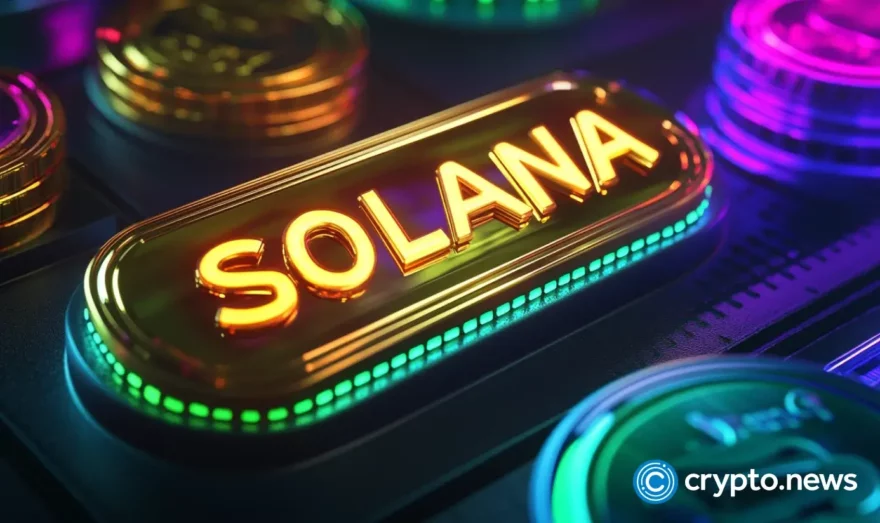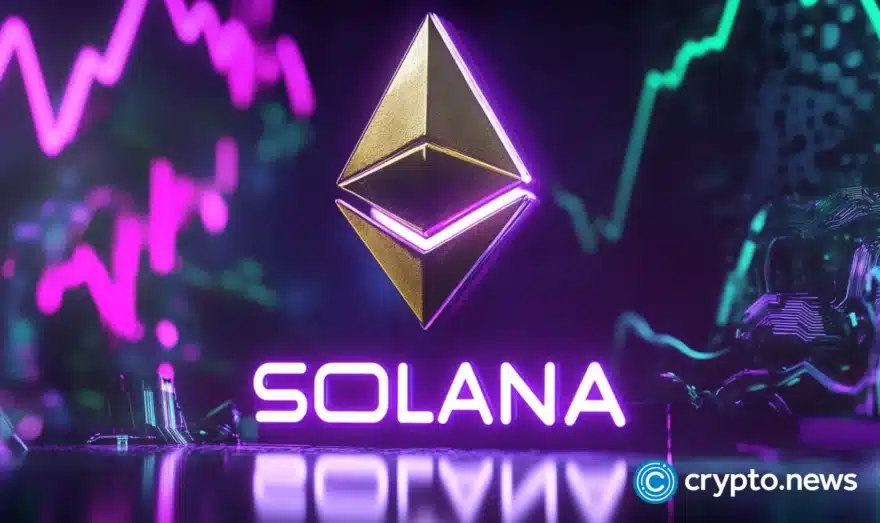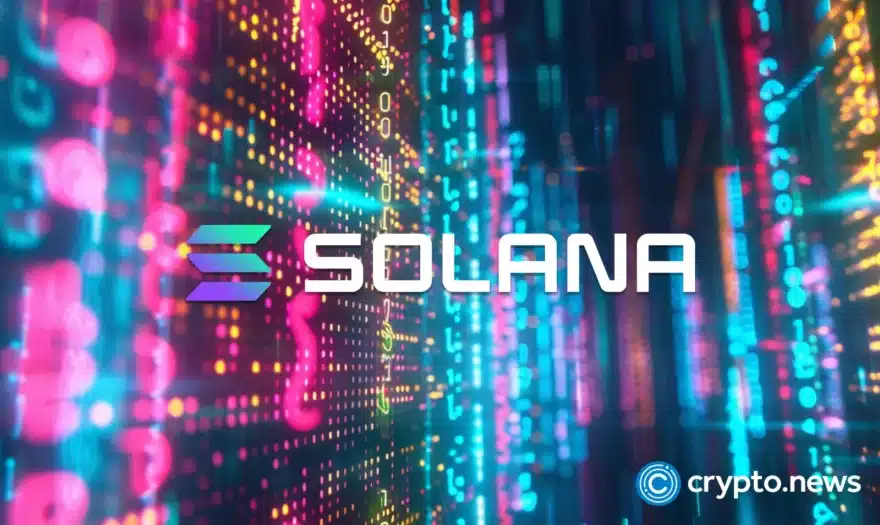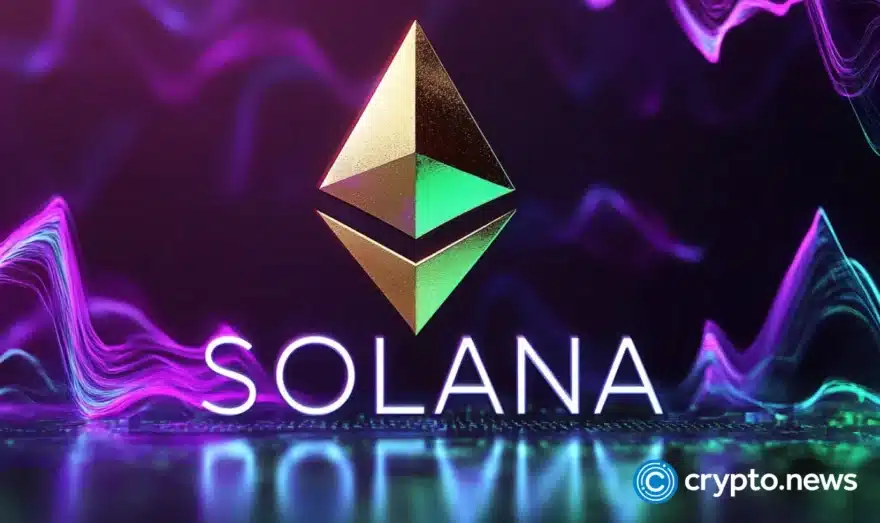Blockchain Sets the Stage for Independence from Big Media

While the creative destruction of the financial sector by emerging blockchain technologies was immediately apparent to most, the blockchain-based projects continue to set their sights on disrupting the likes of Netflix, YouTube and Amazon streaming services. Recent developments show that the innovative technology now looks to flex its muscles in media, helping to put more power into the hands of artists and allowing for more choice for consumers.
Megaupload re-launch to incorporate Bitcoin
Kim Dotcom recently expressed his intention to bring back his file-sharing website Megaupload and is looking at reinstating the old accounts for users with premium privileges.
Megaupload comes back on January 20th 2017, the 5th anniversary of the raid. It will be better than the original and it will feel like home.
— Kim Dotcom (@KimDotcom) July 10, 2016
The ‘raid’ mentioned by Kim refers to the shutdown of his file-sharing website, which had more than 150 million members, when U.S. authorities arrested him and several others for copyright infringement and racketeering back in January 2012. Anonymous attacked websites associated with the FBI and Universal Studios in response.
Also, Dotcom mentioned that Bitcoin will play a role in the new version:
I can tell you that Megaupload and Bitcoin had sex. There is a pregnancy and I have a feeling that the baby will be such a joy.
— Kim Dotcom (@KimDotcom) July 10, 2016
Will Bitcoin just be accepted as payment on the new service or will it have a deeper function for Megaupload?
LBRY’s ‘Blockchain-approach’ to Netflix
Another service for sharing media also looks to use Blockchain technology to give more power to the public to share and consume digital media, and to allow media creators and consumers to interact directly. LBRY is a self-funded organisation which launched its closed beta on July 4th, 2016. According to it’s website, the company aims to cut out the middlemen in big media by combining “several new open-source technologies and key innovations” to introduce a platform “no one controls but everyone can access – just like the internet itself.”
So what benefits do these new technologies and innovations leveraged by LBRY bring and how does it create value? Firstly, accessing and enjoying media content will no longer leave a hole in your pocket. Users can mine LBC, the online currency used for LBRY, earning these tokens by allocating computer storage space to support the decentralized network and store encrypted bits of media. These tokens can then be used to purchase various types of media. Spending no money on watching films, listening to music and so on is a great advantage over other services such as YouTube, Netflix and Amazon. The LBC is a shift away from the direction of previous cryptocurrencies like Bitcoin and Litecoin which compete as general-purpose currencies, whereas new coins, such as the LBC, are seeking to provide a specific functionality to power an application. July 6th saw the LBC listed on U.S.-based cryptocurrency exchange Bittrex with roughly one third of all coins in existence traded on the first day.
Secondly, creators of media can directly connect with their fans and customers. The platform allows the creators to set their own price and start earning credits using the app’s publishing tools, without LBRY having to take a cut. Finally, the decentralized nature of LBRY, much like Bitcoin, means that there is no central point of failure.
LBRY’s website points to the fact that server-client models of media distribution are “subject to the whims of internet service providers and hostile foreign governments. Traffic from the host servers can be…halted altogether… However, in the case of the LBRY protocol content comes from anywhere and everywhere and is therefore not so easily stifled.”
The ledger of transactions, that is the blockchain technology powering LBRY, should disincentivize users from doing the wrong thing such as piracy and infringing intellectual property protection rights. With the Blockchain constituting an accurate record of all transactions, any content infringement can be detected and will be on record forever. Also, the LBRY naming system, which is like a link pointing to a user’s content, will allow for a quick, unilateral acquisition; any LBRY name pointing to infringing content will be seized according to clear rules. In the case that content cannot be blocked or removed, the transaction fees for the network should be sufficiently high to discourage sharing illicit content.
Independence from Big Media
Another innovator is PopChest, founded by Valerian Bennett and James Poole, which offers a similar service allowing video creators to receive micropayments for their content. In an interview with BTCMANAGER, Bennett described how the technology behind Bitcoin could enable video creators to generate revenue, free of middlemen, just as Bitcoin allows you to be your own bank. With PopChest, users can sign up for free, link their Coinbase wallets, upload videos and receive Bitcoin payments. This company aims to monetize user content in a similar way to YouTube but without taking some of the revenue, sharing the ethos of LBRY by giving artists the opportunities they deserve and reducing emphasis on advertising revenue.
It will be interesting to see developments and further disruptions in the media space by companies applying Blockchain technology. By removing the middlemen in this industry, this can open up new opportunities for both artists and their fans. Musician and Bitcoin-enthusiast Tatiana Moroz has highlighted ways in which the process of obtaining licenses and the collection and distribution of payments for music rights is very problematic. This aspect is definitely one that ventures such as LBRY could revolutionize.
“There are so many inefficiencies, so many mistakes, so much needless overhead, it can take years to get paid. It is truly an administrative and bureaucratic sinkhole of resources,” Moroz said.
Her vision is one of a worldwide peer-to-peer web where people can exchange music and share experiences. “We want to set the terms of how (our music) is used and paid for, without worrying about too much administrative overhead that has room for error.”
The prospect of being able to freely access content you would otherwise not have access to will, no doubt, be very interesting. Accessing other sources of information, music and news is a valuable resource, even if just as an alternative to the mainstream media narrative. Also, at a time when people are increasingly worrying about the freedom of the press and freedom of expression, and with governments around the world cracking down on journalists, creative destruction in the media sphere by the Blockchain is showing a lot of promise.














